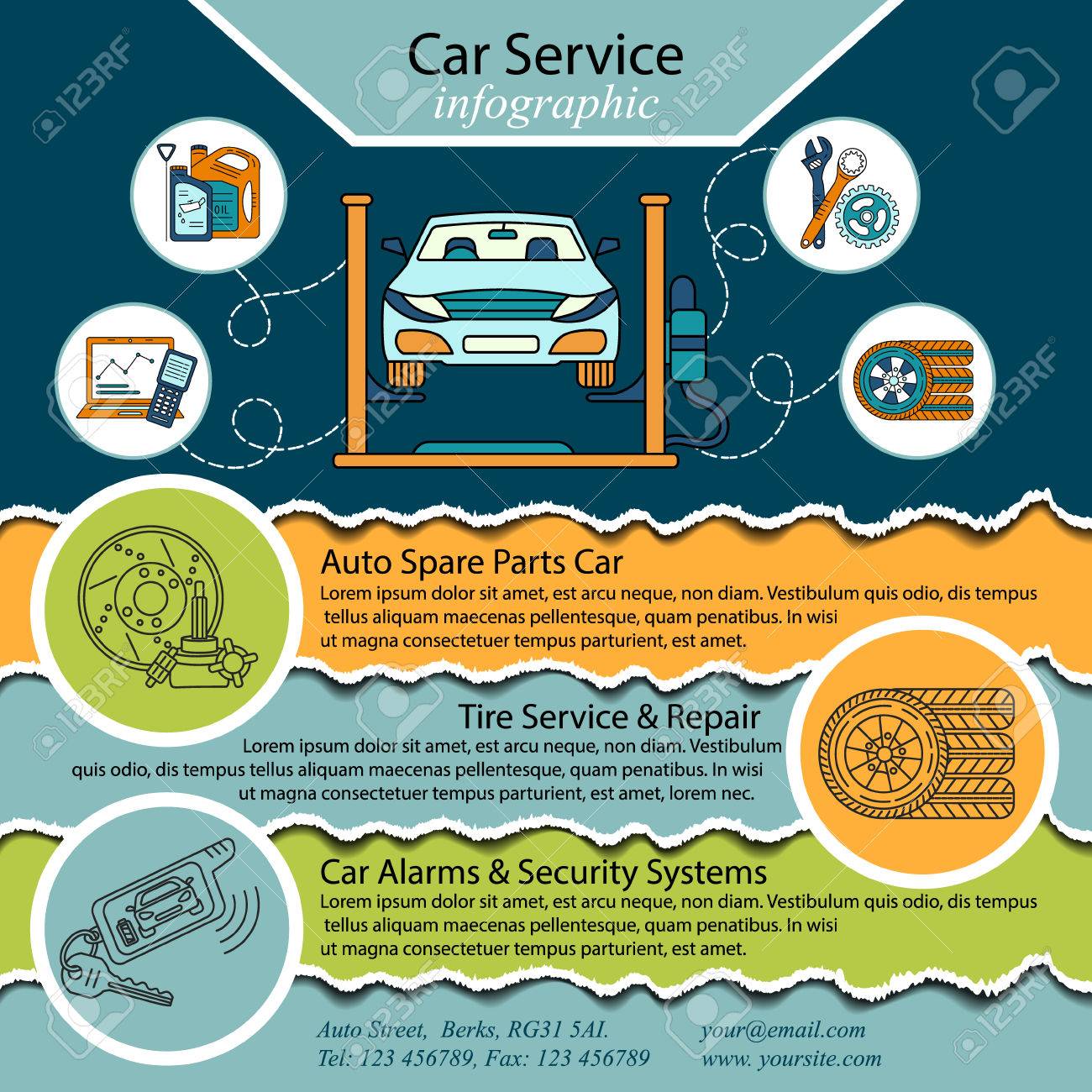Translating Your Car'S Alert Lighting: Their True Ramifications
Translating Your Car'S Alert Lighting: Their True Ramifications
Blog Article
Write-Up By-Lauritsen Winters
When you lag the wheel, those beautiful caution lights on your dashboard can be a bit puzzling. Do you know what they're attempting to tell you about your automobile's health and wellness? Understanding the importance of these lights is essential for your safety and security and the long life of your car. So, the following time among those lights pops up, wouldn't you wish to decipher its message precisely and take the needed actions to resolve it?
Common Warning Lighting and Interpretations
Recognize common caution lights in your automobile and understand their definitions to make sure safe driving.
One of the most typical caution lights consist of the check engine light, which signifies concerns with the engine or emissions system. If this light begins, it's important to have your lorry examined quickly.
The oil pressure advising light suggests low oil stress, requiring instant interest to stop engine damages.
A flashing battery light could recommend a malfunctioning charging system, possibly leaving you stranded if not resolved.
The tire pressure surveillance system (TPMS) light informs you to reduced tire pressure, influencing vehicle security and gas effectiveness. Overlooking this could lead to harmful driving conditions.
The abdominal light indicates a problem with the anti-lock braking system, compromising your capacity to stop quickly in emergency situations.
Last but not least, the coolant temperature level alerting light warns of engine getting too hot, which can cause extreme damages if not dealt with promptly.
Understanding these typical caution lights will aid you attend to problems promptly and preserve secure driving conditions.
Relevance of Prompt Attention
Understanding the typical warning lights in your automobile is only the primary step; the significance of promptly addressing these warnings can not be emphasized enough to guarantee your safety when driving.
When a warning light brightens on your dashboard, it's your vehicle's means of interacting a possible issue that requires focus. Overlooking these warnings can bring about much more extreme problems down the road, endangering your security and potentially costing you more in repairs.
Trigger attention to alerting lights can stop break downs and crashes. For example, a flashing check engine light could suggest a misfire that, if left neglected, might cause damage to the catalytic converter. Addressing https://jaredojdys.dailyblogzz.com/32642993/exceptionally-convenient-mobile-automobile-describing-services-not-only-conserve-you-money-and-time-but-also-boost-your-car-s-longevity-uncover-just-how-they-can-transform-your-routine can save you from an expensive repair work.
Similarly, car polish near me alerting light could signify low brake liquid or used brake pads, important parts for your security when driving.
Do It Yourself Troubleshooting Tips
If you see a caution light on your dashboard, there are a couple of do it yourself fixing pointers you can attempt prior to looking for professional aid.
The initial step is to consult your vehicle's guidebook to understand what the particular caution light indicates. Sometimes the issue can be as basic as a loose gas cap triggering the check engine light. Tightening up the gas cap might settle the problem.
https://oil-change-service-near-m73951.blog-mall.com/32680186/mobile-cars-and-truck-outlining-enhancing-your-lorry-s-look-on-the-move is a low battery, which can trigger different alerting lights. Inspecting the battery links for corrosion and guaranteeing they're secure could deal with the trouble.
If a caution light continues, you can attempt resetting it by separating the cars and truck's battery for a couple of mins and afterwards reconnecting it. In addition, examining your automobile's fluid levels, such as oil, coolant, and brake liquid, can help repair cautioning lights associated with these systems.
Conclusion
Finally, understanding your automobile's warning lights is important for maintaining your lorry running efficiently and safely. By quickly addressing these notifies and recognizing what they mean, you can avoid expensive fixings and prospective malfunctions.
Bear in mind to consult your cars and truck's manual for particular details on each alerting light and take action appropriately to ensure a hassle-free driving experience.
Stay educated, stay secure when driving!
